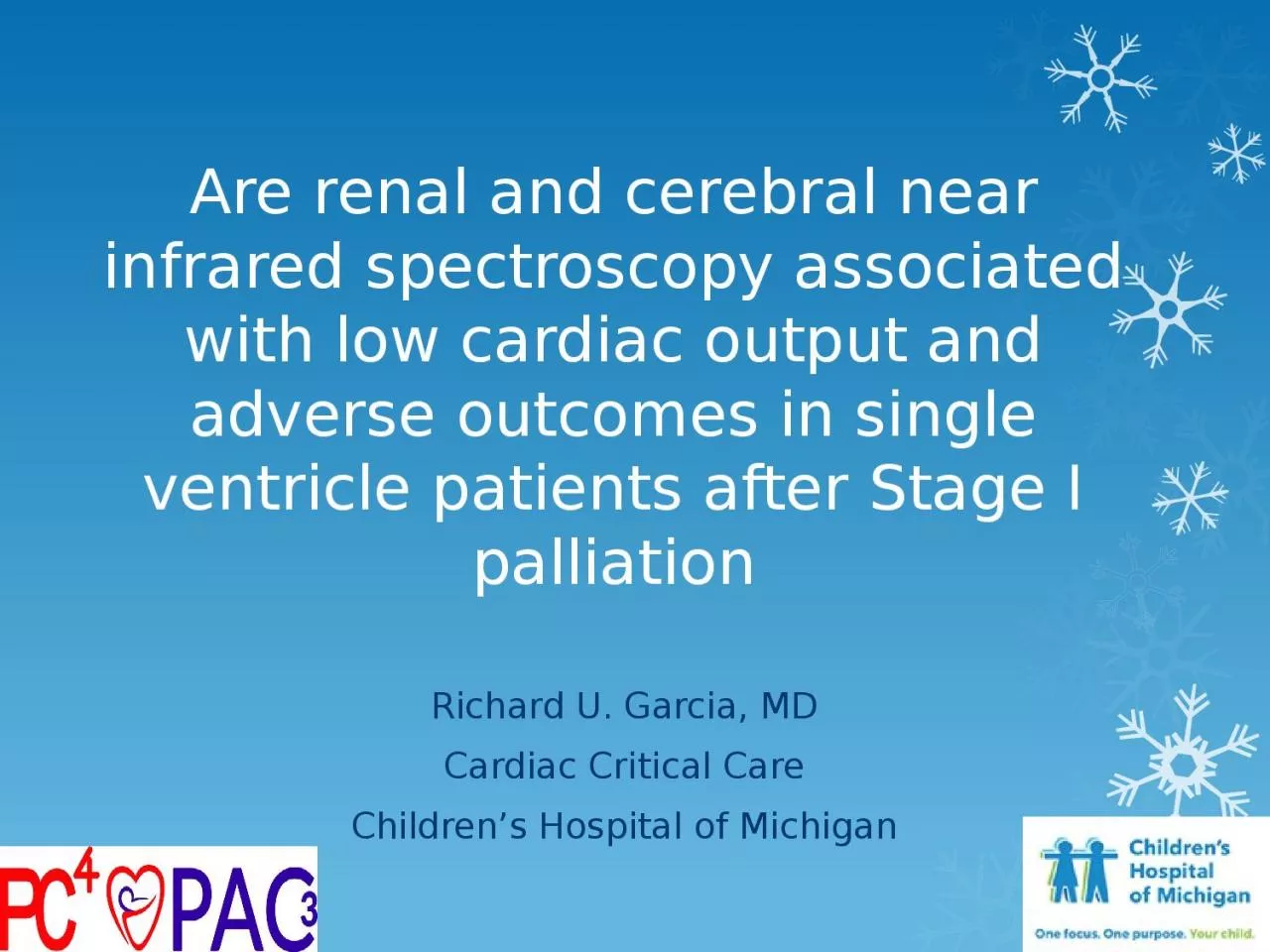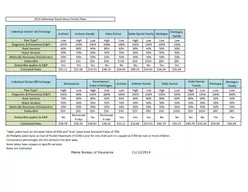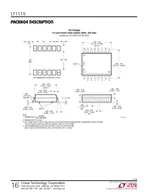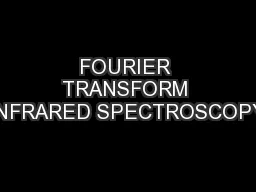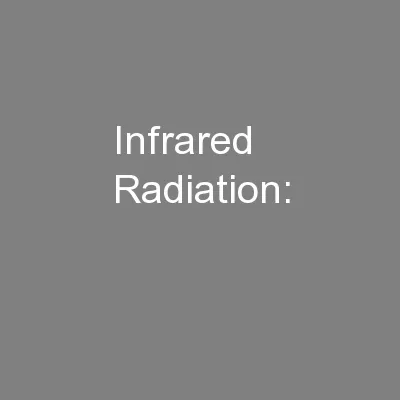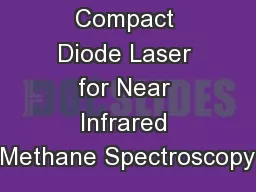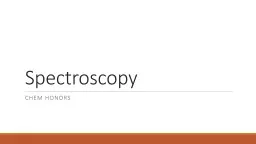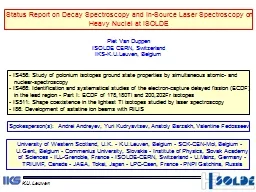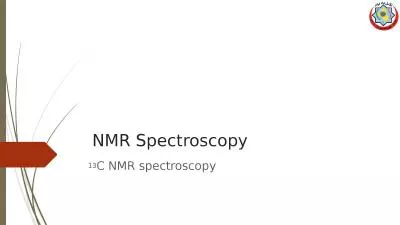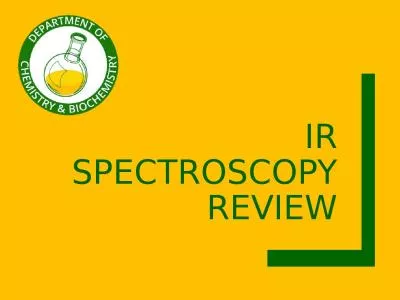PPT-Are renal and cerebral near infrared spectroscopy associated with low cardiac output
Author : daisy | Published Date : 2024-01-29
and adverse outcomes in single ventricle patients after Stage I palliation Richard U Garcia MD Cardiac Critical Care Childrens Hospital of Michigan Background Low
Presentation Embed Code
Download Presentation
Download Presentation The PPT/PDF document "Are renal and cerebral near infrared spe..." is the property of its rightful owner. Permission is granted to download and print the materials on this website for personal, non-commercial use only, and to display it on your personal computer provided you do not modify the materials and that you retain all copyright notices contained in the materials. By downloading content from our website, you accept the terms of this agreement.
Are renal and cerebral near infrared spectroscopy associated with low cardiac output: Transcript
Download Rules Of Document
"Are renal and cerebral near infrared spectroscopy associated with low cardiac output"The content belongs to its owner. You may download and print it for personal use, without modification, and keep all copyright notices. By downloading, you agree to these terms.
Related Documents

